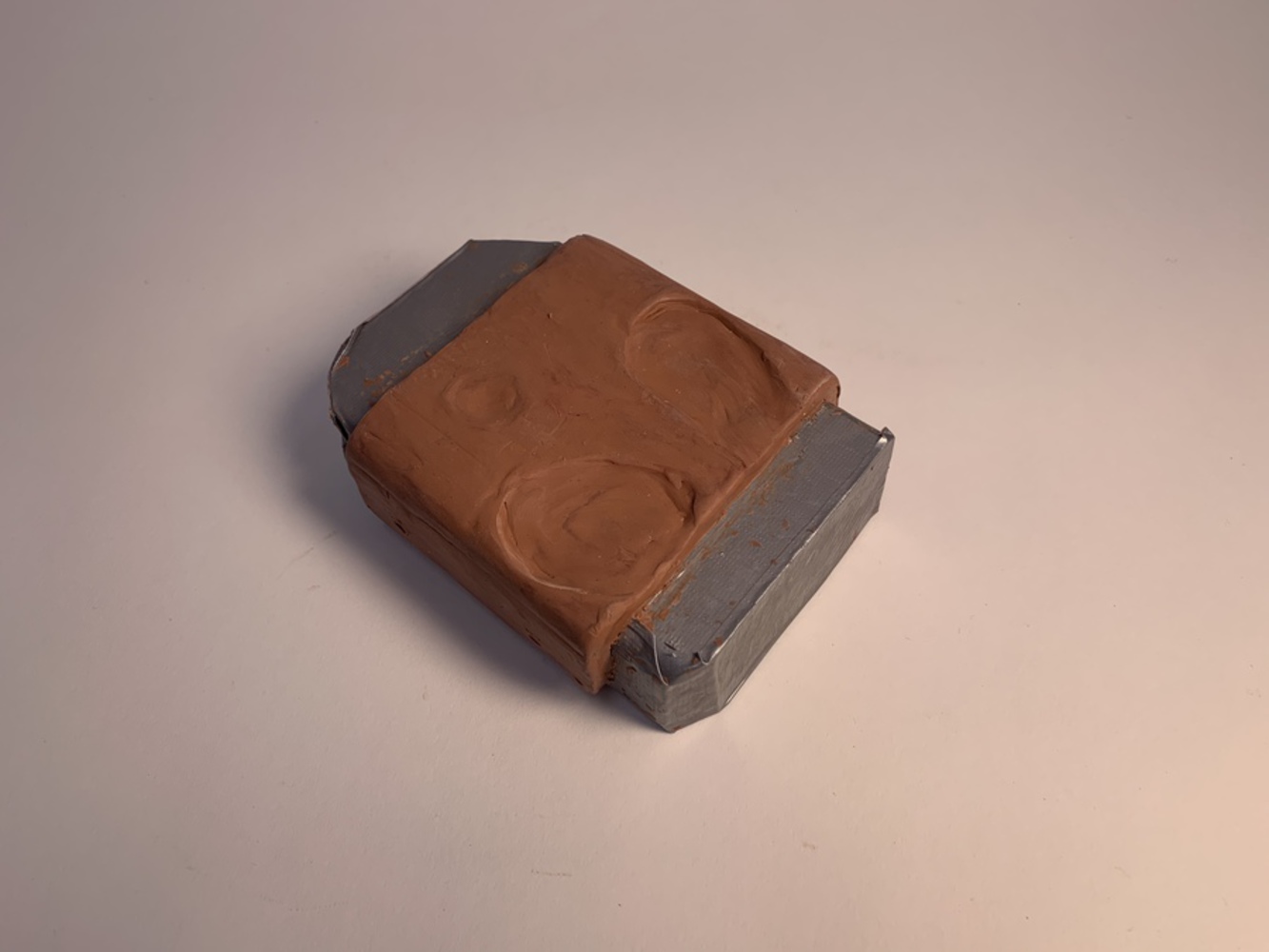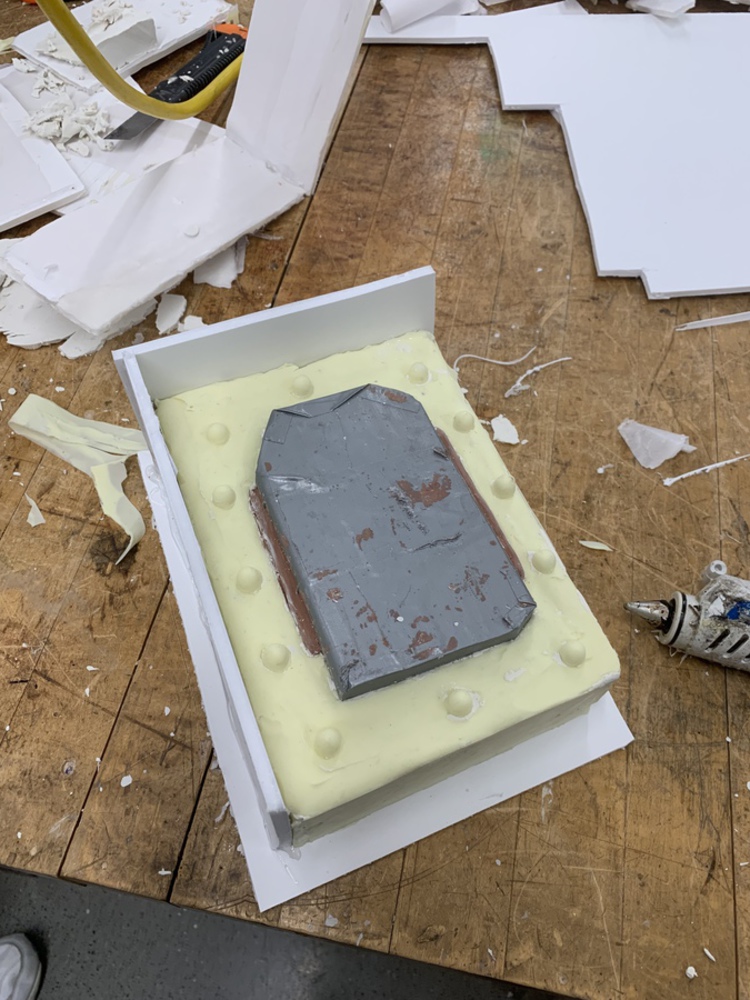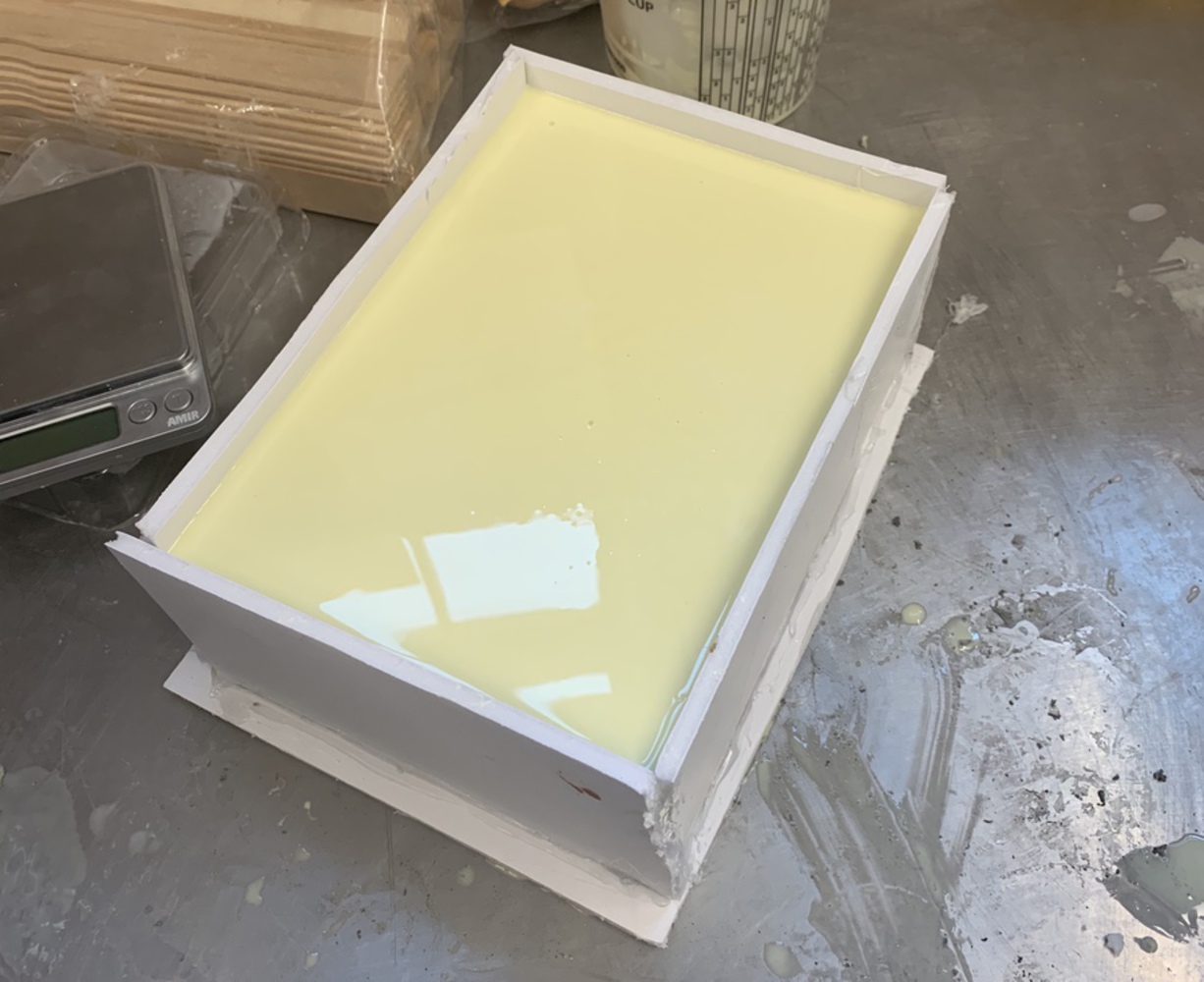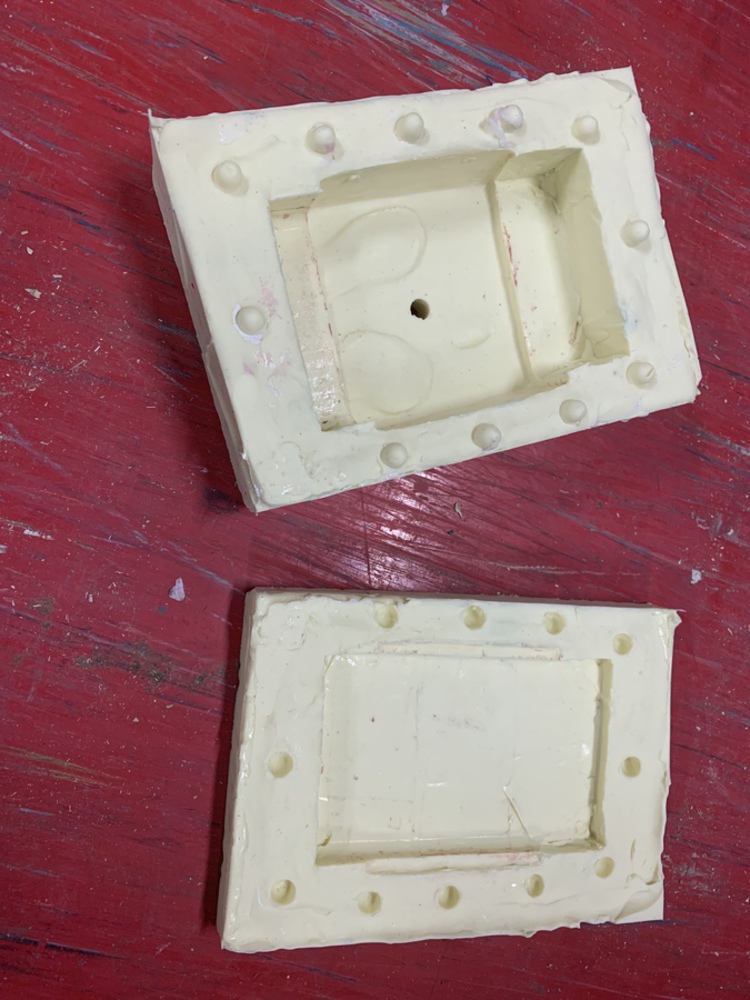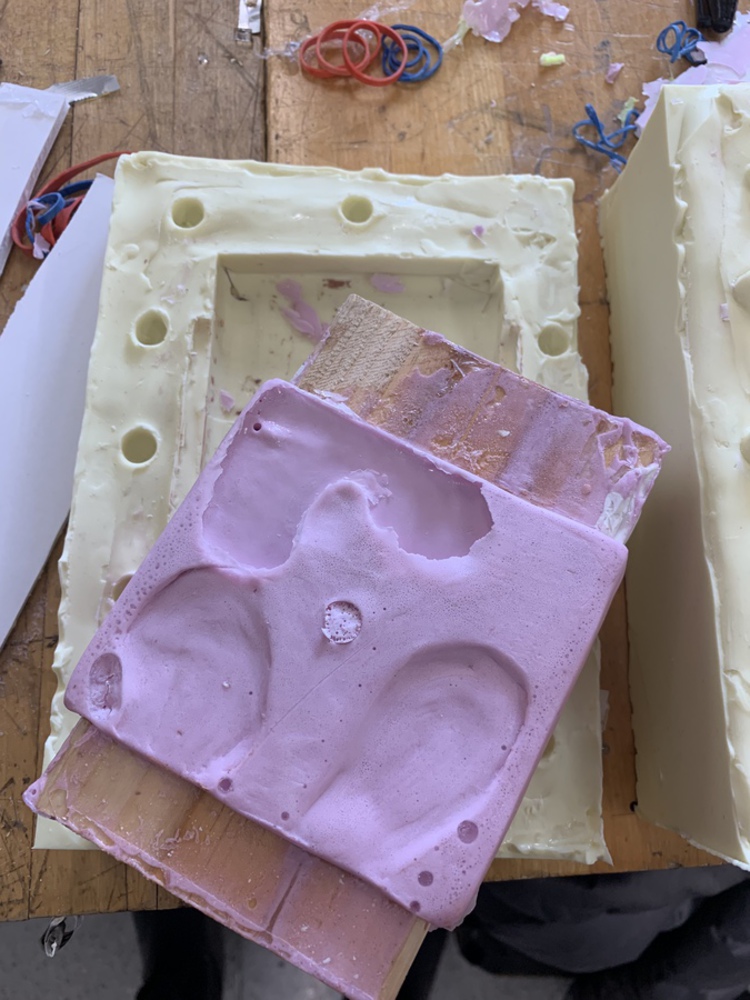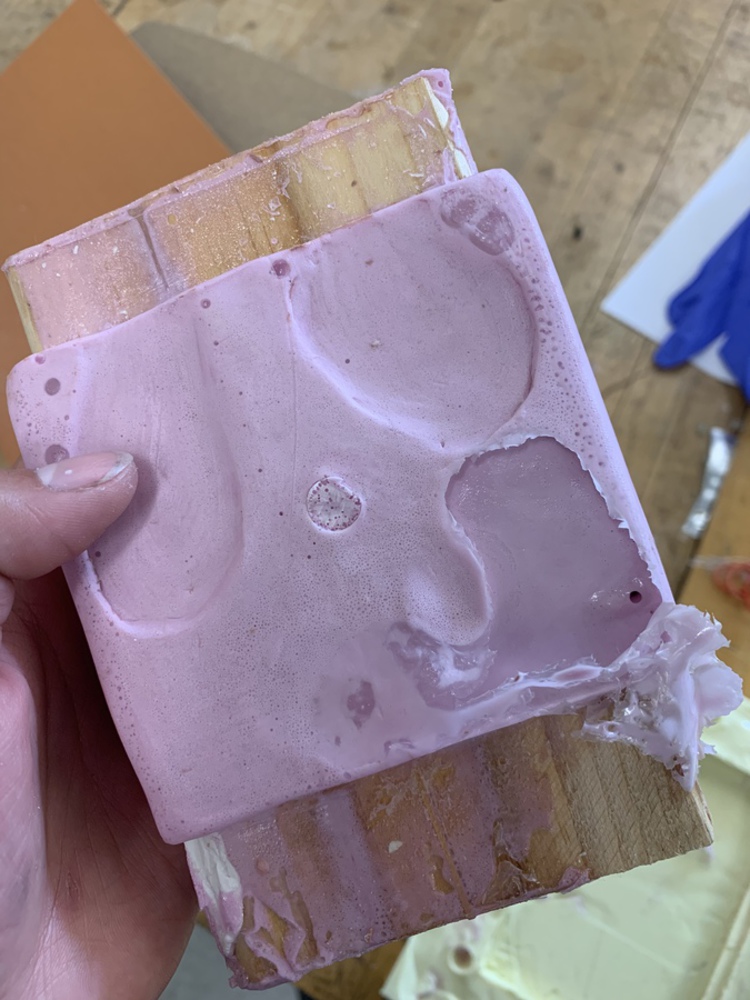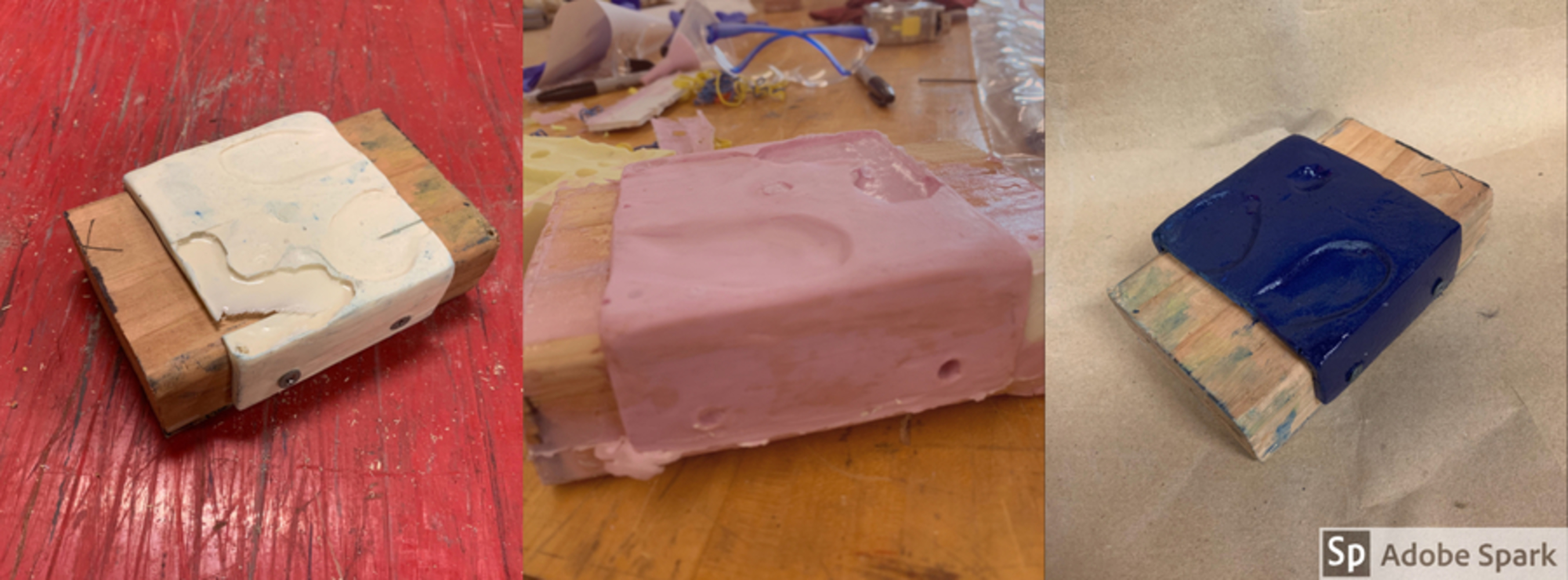THE CONCEPT
The idea of this project was to make a sanding block grip that could be easily screwed onto a foam or wood sanding block, the size of a 2x4. The hand imprint on the grip is optimized for an average sized right hand, but I kept the imprints simple to ensure that other hand sizes, and even someone using their left hand, can benefit from the imprints on the block.
